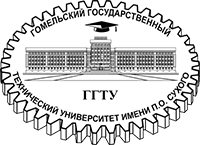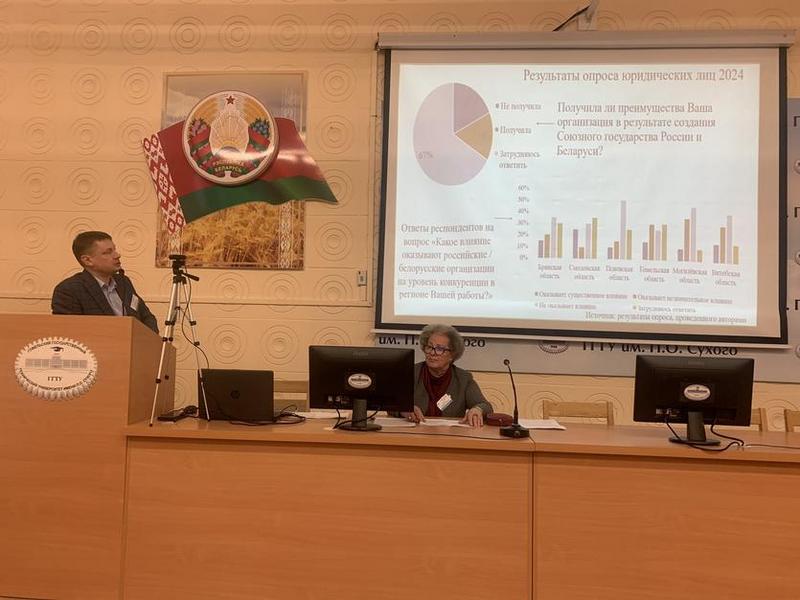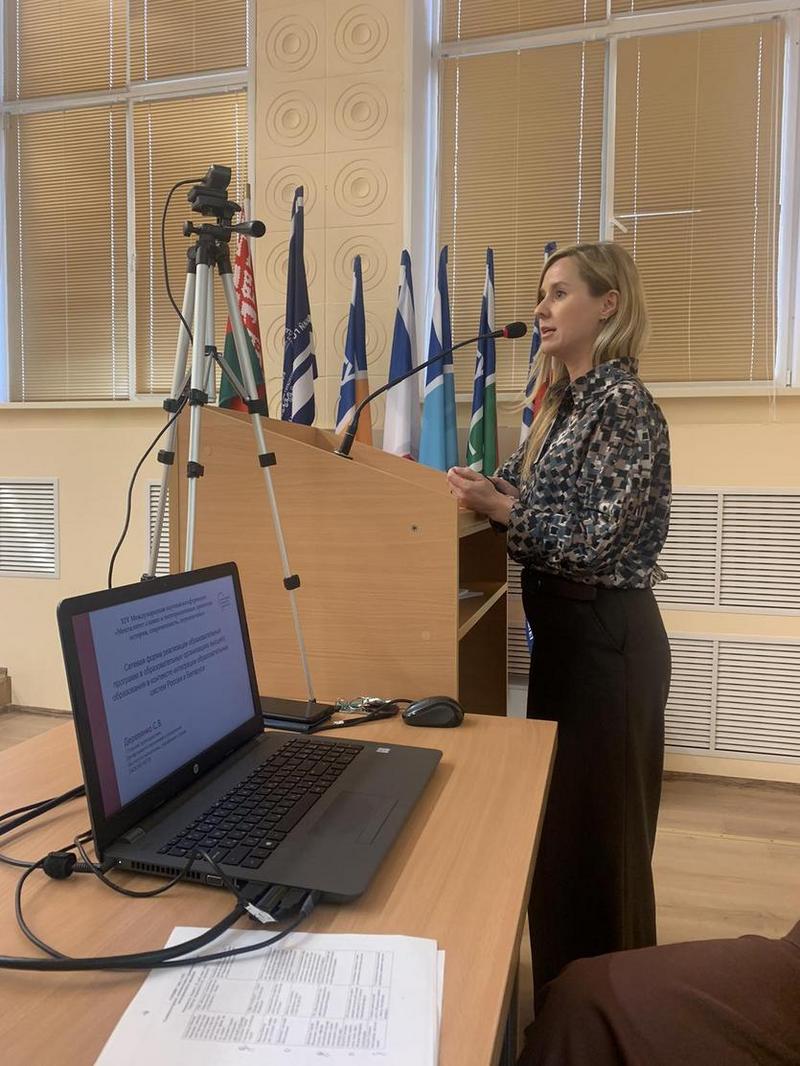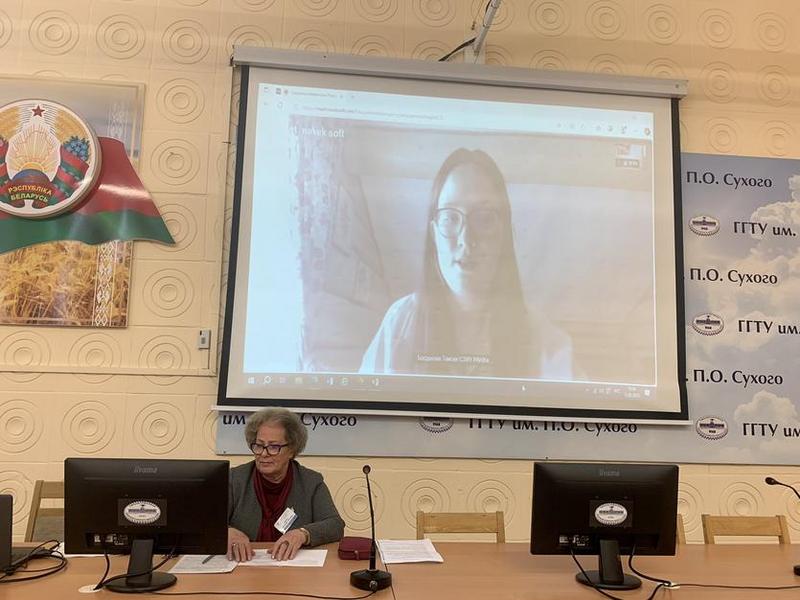Results of the XIV International Scientific Conference "The Mentality of Slavs and Integration Processes: History, Present, and Prospects"
On May 15, 2025, the XIV International Scientific Conference "The Mentality of Slavs and Integration Processes: History, Present, and Prospects" was held at Gomel State Technical University. Section 1: Socio-Cultural, Economic, and Legal Aspects of Integration Processes
The session was chaired by Candidate of Legal Sciences, Associate Professor, and Head of the Department of Social, Humanitarian, and Legal Disciplines at Gomel State Technical University, S. P. Katsubo. Fourteen reports were presented for discussion.
Several presentations from Russian academic institutions drew particular interest. • V. V. Gritsenko, Doctor of Psychological Sciences and Professor at the Department of Ethnopsychology and Psychological Problems of Multicultural Education at Moscow State University of Psychology and Education, analyzed the role of social identity in shaping Russian and Belarusian youth attitudes toward integration processes within the Eurasian Economic Union.
• A. S. Kuzavko, Candidate of Economic Sciences and Associate Professor at Smolensk State University, shared findings on the integration effect in the Russian-Belarusian border regions. • S. V. Derevyanko, representative of Moscow City Pedagogical University, discussed the prospects of network-based educational program implementation within the Union State. • T. S. Bogdanova, from Saint Petersburg, conducted a comparative legal analysis of Slavic legal traditions, examining their historical roots, unity, diversity, and contemporary integration challenges.
The section also featured strong contributions from Belarusian scholars: • I. P. Kuzmich, Candidate of Legal Sciences (Belarusian State University) • V. N. Vatyl, Doctor of Political Sciences (Yanka Kupala State University of Grodno) • I. N. Sharyi, Doctor of Sociological Sciences (Institute of Sociology of the National Academy of Sciences of Belarus) The reports and discussions contributed to a broader understanding of Slavic integration processes, their historical foundations, and future challenges.




